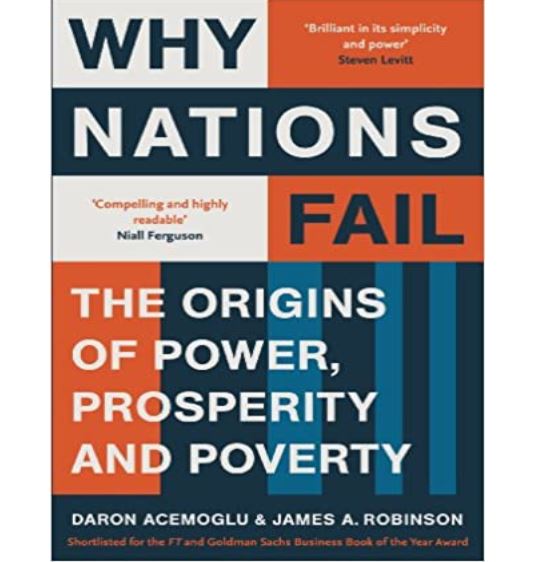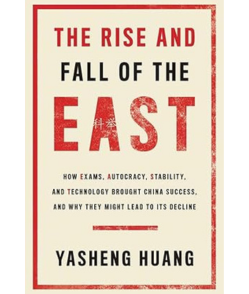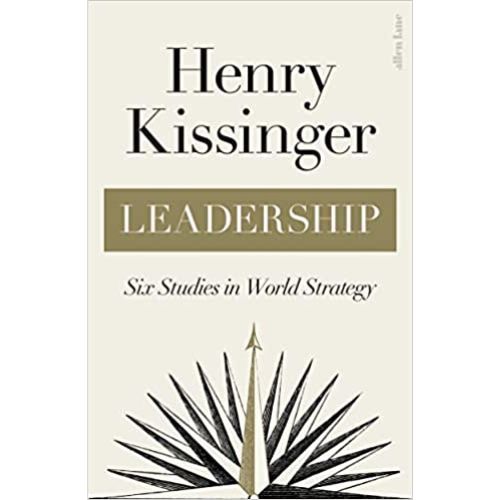-
×
 Drive: The Surprising Truth About What Motivates Us
2 × ₦15,500.00
Drive: The Surprising Truth About What Motivates Us
2 × ₦15,500.00 -
×
 No! Don't Touch Me There
1 × ₦2,500.00
No! Don't Touch Me There
1 × ₦2,500.00 -
×
 An Abundance Of Scorpions
1 × ₦7,000.00
An Abundance Of Scorpions
1 × ₦7,000.00 -
×
 Purpose in Crisis
3 × ₦5,000.00
Purpose in Crisis
3 × ₦5,000.00 -
×
 Gay Girl, Good God: The Story of Who I Was, and Who God Has Always Been
1 × ₦30,000.00
Gay Girl, Good God: The Story of Who I Was, and Who God Has Always Been
1 × ₦30,000.00 -
×
 Option B: Facing Adversity, Building Resilience, and Finding Joy
1 × ₦17,500.00
Option B: Facing Adversity, Building Resilience, and Finding Joy
1 × ₦17,500.00 -
×
 SHINE FOR JESUS: Overcoming Sandwich Christianity
1 × ₦2,500.00
SHINE FOR JESUS: Overcoming Sandwich Christianity
1 × ₦2,500.00 -
×
 My Thoughts
1 × ₦5,000.00
My Thoughts
1 × ₦5,000.00 -
×
 Hit Refresh: The Quest to Rediscover Microsoft's Soul and Imagine a Better Future for Everyone
1 × ₦15,000.00
Hit Refresh: The Quest to Rediscover Microsoft's Soul and Imagine a Better Future for Everyone
1 × ₦15,000.00 -
×
 Fun Day at the Museum
2 × ₦3,000.00
Fun Day at the Museum
2 × ₦3,000.00 -
×
 Destined for War: can America and China escape Thucydides's Trap?
1 × ₦18,500.00
Destined for War: can America and China escape Thucydides's Trap?
1 × ₦18,500.00 -
×
 Authentic Mama
1 × ₦5,000.00
Authentic Mama
1 × ₦5,000.00 -
×
 Black and British: A Forgotten History
2 × ₦20,000.00
Black and British: A Forgotten History
2 × ₦20,000.00 -
×
 A Stranger's Pose
1 × ₦9,000.00
A Stranger's Pose
1 × ₦9,000.00 -
×
 Testimony To Courage
1 × ₦6,500.00
Testimony To Courage
1 × ₦6,500.00 -
×
 I Made it Through
1 × ₦2,500.00
I Made it Through
1 × ₦2,500.00 -
×
 Why Nations Fail: The Origins of Power, Prosperity, and Poverty
1 × ₦17,000.00
Why Nations Fail: The Origins of Power, Prosperity, and Poverty
1 × ₦17,000.00 -
×
 A Tale I Ought To Tell
1 × ₦3,000.00
A Tale I Ought To Tell
1 × ₦3,000.00 -
×
 The Bolivian Diary
1 × ₦5,000.00
The Bolivian Diary
1 × ₦5,000.00
You may be interested in…
-
Add
 Your Problem is That You're Multi-talented
₦5,000.00
Your Problem is That You're Multi-talented
₦5,000.00 -
Add
 Getting Mentorship Right
Rated 5 out of 5₦5,000.00
Getting Mentorship Right
Rated 5 out of 5₦5,000.00











Reviews
There are no reviews yet.